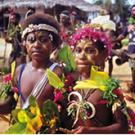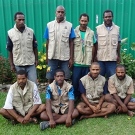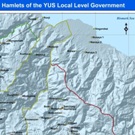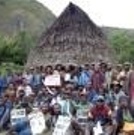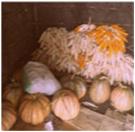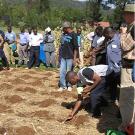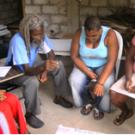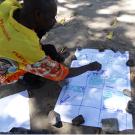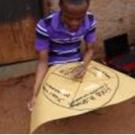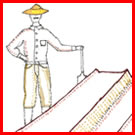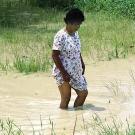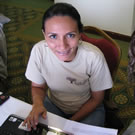May Resources Contextual Project Weather Data
Weather Data for Agriculture and DRR Early Warning Systems
 |
Farming communities in Africa and South Asia are becoming increasingly vulnerable to shock as the effects of climate change become a reality. This increased vulnerability, however, comes at a time when improved technology makes critical information more accessible than ever before. aWhere Weather, an online platform offering free weather data for locations in Western, Eastern and Southern Africa and South Asia provides instant and interactive access to highly localized weather data, instrumental for improved decision making and providing greater context in shaping policies relating to agricultural development.
|
Weather Data in 9km Grid Cells Weather forecasting is in high demand from small-holder farmers. This demand is often unmet in regions where there is a lack of meteorological stations- if weather information is available it’s likely from a station that’s far away, rendering the data useless for local decision making. aWhere collects weather data from meteorological stations around the world and interpolates it into 9km grid cells- it’s like having a complete meteorological station every 9km! Within each grid cell, aWhere provides 3-5 years of historical, daily-observed and forecasted weather data for the following variables:
- Precipitation
- Minimum and Maximum Temperature
- Minimum and Maximum Relative Humidity
- Solar Radiation
- Maximum and Morning Wind Speed
- Accumulative Growing Degree Days (calculated with user input)
Benefits of Weather Data With access to localized historical, daily observed and forecasted weather data, a level of transparency is achieved, allowing farmers, extension workers or policy officers to view weather patterns and make decisions critical to farmers. These data prove essential for risk adaption efforts, food security interventions, climate-smart decision making and agricultural or environmental research activities. Examples of use include:
- Localized, climate-smart recommendations that directly impact the individual farmer
- Identifying location specific trends
- Predicting harvest dates based on seasonal GDD accumulation and/or precipitation levels
- Characterizing weather patterns at field trial locations
- Creating crop and pest models based on favorable weather conditions
- Managing vector-borne diseases
- Making food security predictions based on anticipated yields, neighboring country situations and detailed precipitation data
In addition to viewing data online, users can sign up for daily or weekly emailed weather reports for their locations of interest.
Sign up now.
Access to aWhere Weather is free and easy! Register at http://www.awhere.com/en-us/weather-p.
Then, you can log back in anytime at me.awhere.com.
Access to aWhere Weather is free and easy! Register at http://www.awhere.com/en-us/weather-p.
Then, you can log back in anytime at me.awhere.com.
Contact aWhere, Inc.,Lizzy Leighty:
Lizzyleighty@awhere.com.
Lizzyleighty@awhere.com.
